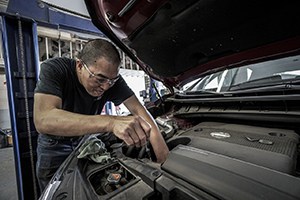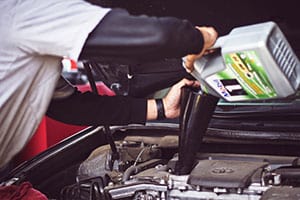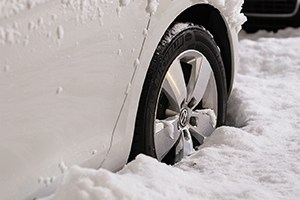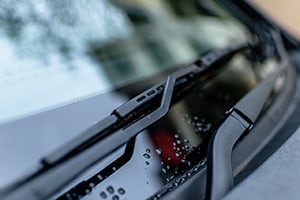Engine oil is one of the most important elements of your vehicle, since it helps to keep the various engine components functioning properly and stops them from wearing out too quickly.
It’s important, therefore, to conduct regular oil checks to ensure you have the right amount of oil in the engine. If your oil level drops too low, you’ll face a higher risk of parts seizing up and the engine potentially sustaining serious damage.
Here are the steps you need to follow to conduct a safe and accurate check of your engine oil:
Get the car ready
One of the most important things to do before checking your oil is to make sure the car is parked on a level surface. This helps to ensure that, when you check the oil level, you get an accurate measurement.
You should also make sure the engine is cool before opening the bonnet and touching the components inside. It’s advisable to wait at least ten minutes after switching the engine off before conducting any checks.
As well as letting the engine bay cool down, this time allows the oil to settle in the oil sump.
Check the oil level
Once your car is parked on a level surface and the engine has cooled down, you can carry out the oil check.
The first thing to do, after opening the bonnet, is to find the dipstick, which is usually identifiable by a brightly coloured hook or loop at the end. If you can’t find the dipstick, it’s possible that your car has an electronic oil monitor and the level is displayed on the dashboard.
Once you’ve found the dipstick, remove it carefully, wipe off any oil and put it all the way back into the tube. Let it sit for a moment before removing it again to check the current oil level in the engine.
There should be two lines on the dipstick indicating the minimum and maximum oil levels, so the oil mark should ideally be halfway between these lines. If it’s below halfway, it’s probably a good idea to add some more oil, and if it’s below the minimum line, you need to top up as soon as possible.
Top up if necessary
If you need to add some more oil to your engine, firstly you need to know what oil to use, which you can find out by checking your car’s handbook or contacting the manufacturer. Using the wrong oil can cause damage to the engine.
Find the oil cap (usually marked with a picture of an oil can), remove it and pour in extra oil a little at a time. It’s important to stop regularly to repeat the oil level check with the dipstick, since adding too much oil can also harm the engine.
Once you have your oil at the right level, you can continue using your car with confidence that the engine is properly lubricated.
MyService.Expert from Fuelcard Services can help you ensure your vehicle is always safe and reliable with regular servicing, MOTs and maintenance at more than 4,500 garages nationwide.





